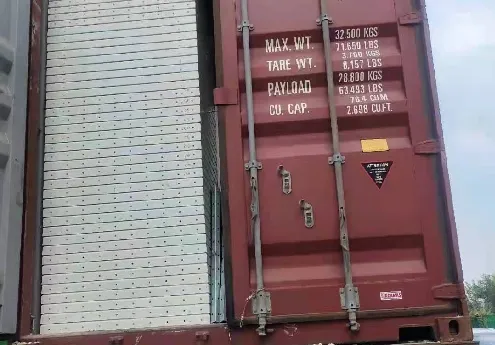loading...
- No. 9, Xingyuan South Street, Dongwaihuan Road, Zaoqiang County, Hengshui, Hebei, China
- admin@zjcomposites.com
- +86 15097380338
- Welcome to visit our website!
fibreglass grating
Understanding Fibreglass Grating Benefits and Applications
Fibreglass grating, also known as fiberglass reinforced plastic (FRP) grating, is an innovative material that has gained significant traction in various industries due to its unique properties. Made from a combination of fiberglass and resin, this type of grating offers exceptional strength, durability, and resistance to corrosion, making it an ideal choice for demanding environments.
One of the primary advantages of fibreglass grating is its high resistance to corrosive substances. Unlike traditional materials such as steel or wood, fibreglass does not rust or deteriorate when exposed to chemicals, moisture, or extreme weather conditions. This characteristic is particularly useful in industries like chemical processing, wastewater treatment, and marine applications, where materials are often subjected to harsh elements. The longevity of fibreglass grating means that facilities can save on the costs associated with frequent replacements or maintenance, ultimately leading to improved operational efficiency.
Another significant benefit of fibreglass grating is its lightweight nature. Compared to steel, fibreglass grating is significantly lighter, making it easier to handle during installation. This property not only reduces labor costs but also minimizes the structural requirements of the supporting framework. As a result, many facilities opt for fibreglass grating to simplify their construction processes while enhancing overall safety.
Safety is paramount in any industrial setting, and fibreglass grating is designed with this in mind. It features a slip-resistant surface, which is essential in minimizing accidents in areas where spills or wet conditions are likely to occur. The grating is available in various mesh sizes and thicknesses, allowing for flexibility in design and ensuring compliance with safety regulations.
fibreglass grating

Moreover, fibreglass grating is non-conductive, which makes it an excellent choice for environments where electrical hazards may be a concern. This property is particularly relevant in sectors such as power plants and electrical facilities, where safety is critical. By using fibreglass grating, companies can create safer working conditions without compromising on strength or durability.
In terms of aesthetics, fibreglass grating is also versatile. Available in a range of colors and styles, it can be tailored to match the design requirements of any project. This opens up possibilities for creative applications in architecture and landscaping, where traditional materials may not blend as seamlessly.
While the initial investment for fibreglass grating can be higher than that of some conventional materials, the long-term benefits are often worth it. With minimal maintenance needs, resistance to corrosion, and enhanced safety features, fibreglass grating presents a cost-effective solution over time. Industries ranging from construction and manufacturing to transportation and entertainment have begun to recognize and appreciate the value of this advanced material.
In conclusion, fibreglass grating stands out as a superior alternative to traditional grating materials, offering unmatched durability, safety, and aesthetic options. Its resistance to corrosion, lightweight design, and slip-resistant surface make it ideal for applications in various industries. As companies continue to focus on improving efficiency and safety while reducing costs, fibreglass grating is positioned to play an increasingly vital role in modern infrastructure and design.
-
GRP Structures: The Future of Lightweight, High-Performance EngineeringNewsJun.20,2025
-
FRP Water Tank: High-Performance Storage for Corrosive and Clean Water SystemsNewsJun.20,2025
-
FRP Square Tube: The New Industry Standard for Chemical and Structural ApplicationsNewsJun.20,2025
-
FRP Pultruded Profiles: The Ultimate Choice for Lightweight Structural StrengthNewsJun.20,2025
-
FRP Handrails: The Safer, Smarter, and Stronger Choice for Modern InfrastructureNewsJun.20,2025
-
FRP Grating: The Smart Solution for Durable, Lightweight Industrial FlooringNewsJun.20,2025
-
Why Choose a Galvanized Water Tank for Your Storage NeedsNewsMay.21,2025
